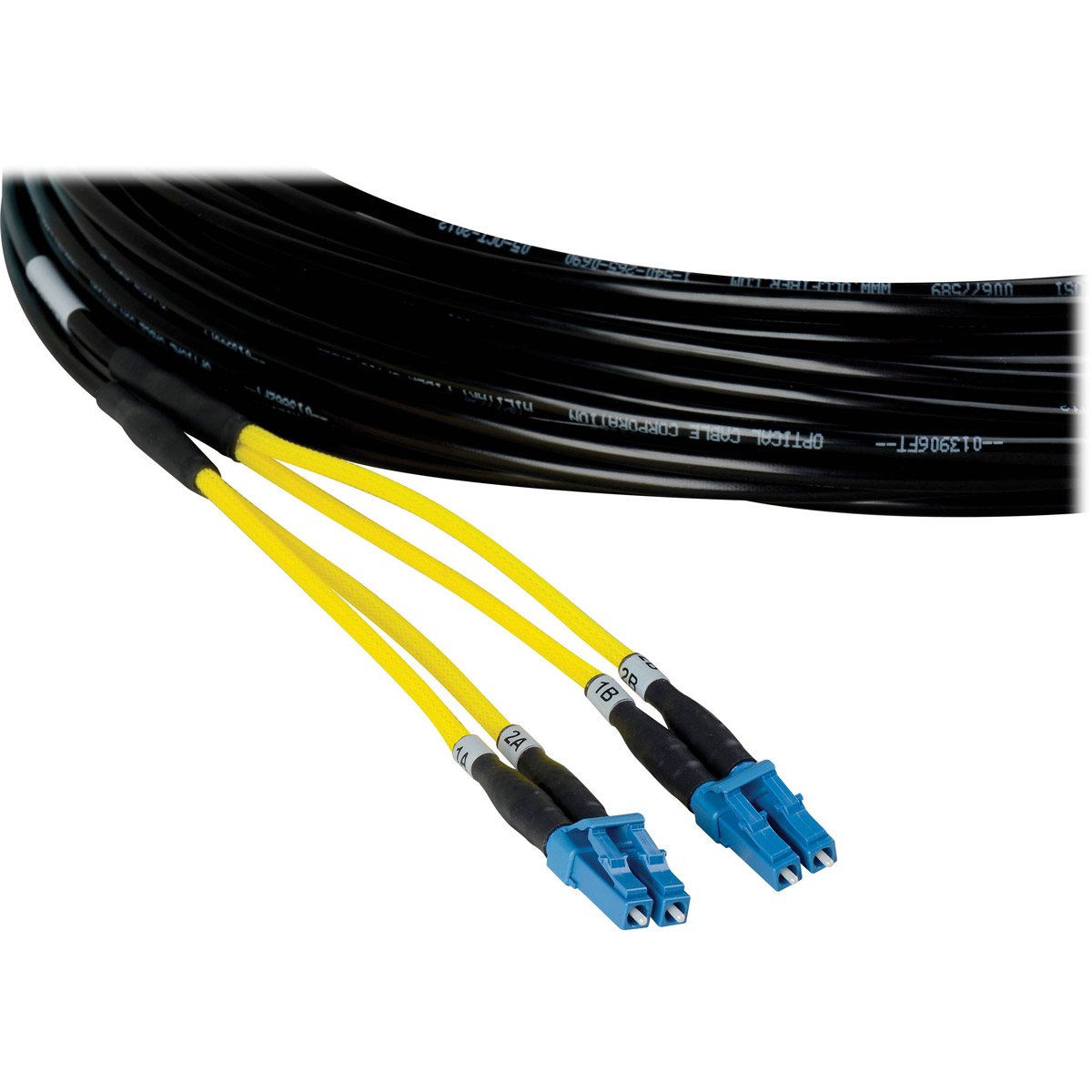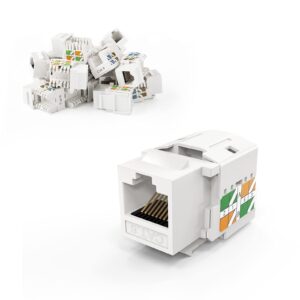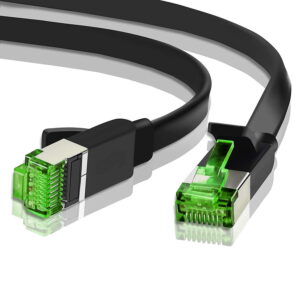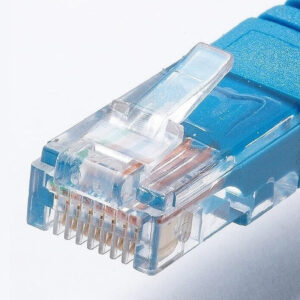Overview of Fiber Optic Cable (Multi-mode) in Pakistan
In today’s digital age, seamless and high-speed data transmission is crucial for both personal and professional settings. Fiber optic cables, particularly multi-mode fibers, play a significant role in achieving this objective. As technology advances and the demand for high-speed internet and data transfer escalates, the importance of fiber optic cables becomes increasingly apparent. This article delves into the fiber optic cable (multi-mode) market in Pakistan, focusing on its types, pricing, applications, and other relevant factors.
What is Multi-mode Fiber Optic Cable?
Multi-mode fiber optic cables consist of a core surrounded by cladding, allowing multiple light rays to be transmitted simultaneously over short distances. They are designed for short-range communication, making them ideal for various applications that do not require extensive distances, such as local area networks (LANs), data centers, and video surveillance systems.
Key Features of Multi-mode Fiber Optic Cables
- Core Size: Multi-mode fibers typically have a larger core diameter (usually 50 or 62.5 micrometers) compared to single-mode fibers, which allows multiple modes of light to propagate.
- Bandwidth: They offer sufficient bandwidth for high-speed data transmission, making them suitable for audio, video, and data applications.
- Distance: Multi-mode fiber is optimal for distances of up to 2 kilometers, depending on the specific type of fiber and the application.
- Cost-Effective: Generally, multi-mode fiber cables are more affordable than their single-mode counterparts, making them an attractive option for businesses and institutions.
- Compatibility: Multi-mode cables are compatible with various connectors and transceivers, enhancing their usability across different systems.
Market Overview and Pricing in Pakistan
The market for fiber optic cables, specifically multi-mode fibers, has seen substantial growth in Pakistan due to the increasing demand for data and broadband services. Factors such as the expansion of telecommunication networks, the rise of cloud computing, and the shift towards automated and IoT-enabled environments have boosted the need for reliable data transmission solutions.
Current Price Range
The price of multi-mode fiber optic cables in Pakistan can vary significantly based on various factors, including cable type, quality, manufacturer, length, and local market conditions. Here is a general breakdown of the pricing structure:
| Type of Cable | Price per Meter (PKR) | Common Applications |
|---|---|---|
| 50/125 µm OM2 | 50 – 70 | LAN, Internal cabling |
| 62.5/125 µm OM1 | 40 – 60 | Older infrastructures, Data centers |
| 50/125 µm OM3 | 80 – 100 | Video streaming, High-speed data transfer |
| 50/125 µm OM4 | 110 – 130 | Advanced data centers, Cloud services |
Factors Affecting Pricing
- Quality: Higher quality cables that meet international standards tend to be priced higher but offer better performance and durability.
- Length: Typically, bulk purchases lead to discounted prices, making longer lengths more cost-effective on a per-meter basis.
- Market Demand: fluctuating demand can lead to price volatility, particularly in urban areas with a higher concentration of tech companies.
- Brand Reputation: Established brands may command a premium price due to their reliability and customer service.
Applications of Multi-mode Fiber Optic Cables
Multi-mode fiber optic cables are widely used in a range of applications across various sectors. The following are some of the most common applications:
1. Data Centers
Multi-mode fibers provide high bandwidth and are essential for internal connections between servers, switches, and storage devices in data centers. They enable efficient data transfers, minimizing latency and bottlenecks.
2. Local Area Networks (LAN)
In corporate offices, educational institutions, and hospitals, multi-mode fibers are used for creating local networks that connect computers and devices for seamless communication and data sharing.
3. Video Surveillance Systems
With the increase in security concerns, many businesses and institutions have implemented video surveillance systems. Multi-mode fibers support the high bandwidth requirements of IP cameras, making them ideal for this application.
4. Educational Institutions
Schools and universities employ multi-mode fiber cables to establish robust networking infrastructures that facilitate online learning and administrative processes.
5. Telecommunications
Telecom companies utilize multi-mode fibers in their networks to support various services, including internet, television, and telephone, improving user experience.
Conclusion
The demand for fiber optic cables, particularly multi-mode varieties, is on the rise in Pakistan, driven by a growing reliance on high-speed data transfer and connectivity solutions. Despite fluctuations in pricing driven by factors such as quality, length, and market conditions, the overall value offered by multi-mode fiber cables is significant. These cables not only support a range of applications but also contribute to the efficiency and reliability of technical infrastructure in various sectors. As the digital landscape continues to evolve, investment in fiber optic technology will remain a crucial component for businesses and institutions aiming to thrive in an increasingly connected world.












Burhan Basharat –
Bohat behtareen quality ka fiber optic cable hai, connectivity behtareen hai aur installation bhi asan hai.